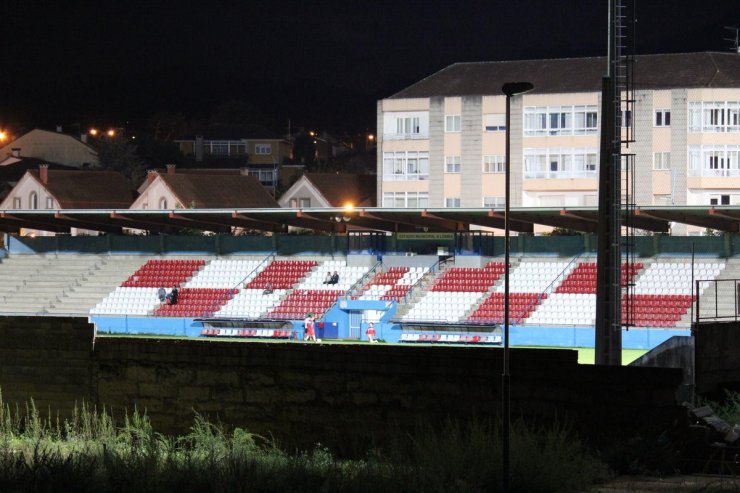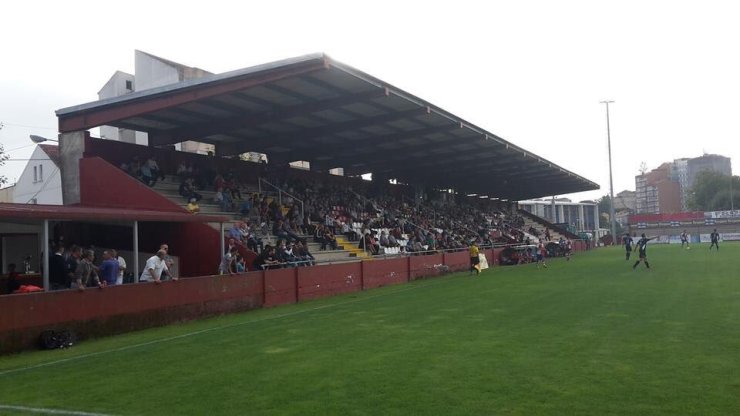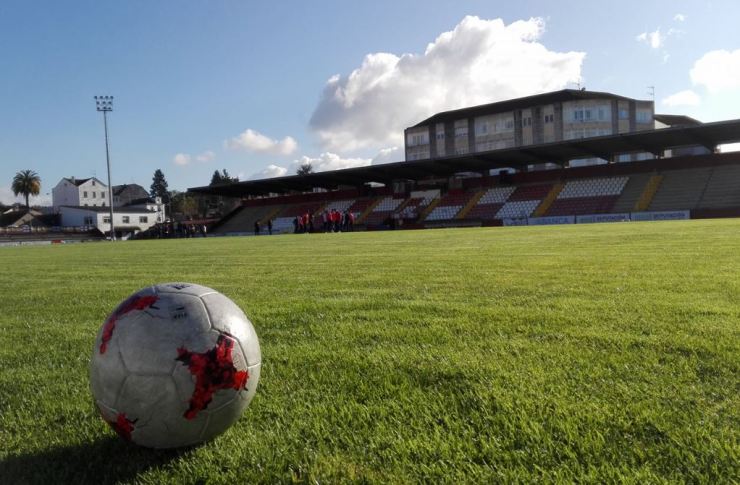In his book “An Introduction to Football in Spain”, Paulino Mouriño Rañó informs that whilst Recreativo Huelva may be the grandfather of Spanish football, it is the Galician town of Vilagarcia de Arousa that witnessed the first match on Spanish soil. According to an edition of the Eco Republicano de Santiago dated 26 June 1873, a ship on its way to Huelva to deliver machinery to the Rio Tinto Mining Company, stopped off at the northern port. Its crew then proceeded to play a match in the town square, no doubt to the utter bemusement of the locals. If this was Spain’s first exposure to the game, it did not create a lasting impression, for football in this scenic port did not establish itself until after the Civil War.
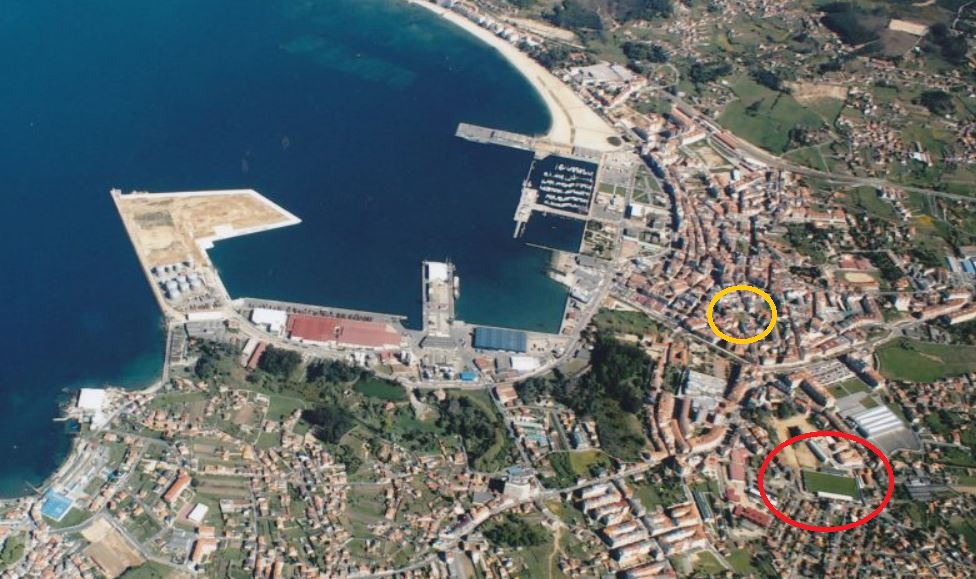
It would take a further 33 years before the town had a formal football club. Founded in 1906 by English teacher José María Abalo, Villagarcía Foot-ball Club continued the Anglo-British theme by appointing the British vice-counsel as President. By May of that year, the club was playing on an open field to the south of town, called A Lomba. To be frank, football in the town was at best a piecemeal affair, with numerous clubs forming and subsequently folding over the next 30 years. One constant, however was A Lomba. Although by the time Arosa Sociedad Cultural was founded in December 1946, the field was in need of attention, having been used to grow corn in the years following the Civil War. Little over a month later, Arosa SC staged its first match on 26 January 1946, drawing 1-1 Club Compostela.
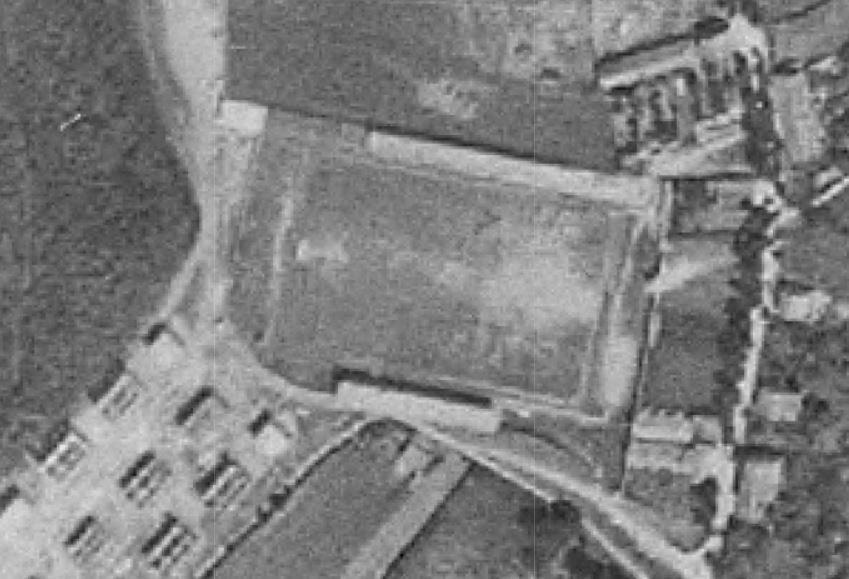
If football had been a slow to burner in the town, Arosa SC was about to make up for lost time. Promotion to the Tercera was achieved in its second full season, and by the autumn of 1949, the club found itself playing in La Segunda. A Lomba required attention and during the summer work started on a tribuna stand. It was inaugurated on 11 September 1949, when Arosa SC hosted Racing Santander in their first home match in the second tier. By the end of the season, a shorter preferencia terrace was erected opposite, however their stay on the national stage was a brief one. Lasting just one season, Arosa SC finished bottom of the league, 7 points from safety. Whilst at home they recorded a respectable seven victories, it was on their travels where Arosa SC struggled. 14 of the 15 away fixtures ended in defeat, with their only point on the road earned at Baracaldo Altos Hornos. Arosa SC returned to the Tercera and even dropped the fourth tier in 1955-56 season. The club would spend the next 28 years in the Galician regional divisions.

It was during their longest stay in the fourth tier that A Lomba took on its current form. Following the near collapse of the old grandstand in April 1970, the club took on the task of building a new full-length cantilevered tribuna the southern side of the stadium. This was completed 10 months later and opened on 21 February 1971. The development of the northern side followed soon afterwards. This was a slightly shorter stand, offset to the eastern side. It also has a cantilevered cover with a deep fascia to shield spectators from the sun. Arosa SC returned to the Tercera in 1975 and in 1983 earned promotion to Segunda B. The club spent two three-season spells at this level up to 1990, and a further stay in the 1993-94 season.

The aftermath of the COVID-19 pandemic, coupled with the RFEF’s decision to restructure the regional leagues threw up a rather convoluted structure for the 2020-21 season. Arosa SC, who had seen results improve towards the end of the 2010s, was undaunted by the challenge and navigated its way through league and play-offs to earn a place in the newly formed Segunda RFEF for the 2021-22 season. And whilst the following season ended in relegation. Arosa SC was competitive throughout.

Following promotion in 2021, A Lomba underwent a facelift and now looks bright and larger than its actual capacity. It is a simple design of two covered sides, both recently re-roofed, and rarely used open terraces at either end. Both stands are seated with alternate red and white bucket seats replicating Arosa SC’s distinctive quartered shirts. With a capacity of 5,000 spread over its four sides, A Lomba’s traditional estadio Inglés design serves as a fitting reminder of the English mariners, who played a game of football on Spanish soil some 150 years ago.
Arosa SC Official X/Twitter : https://twitter.com/ArosaSCOficial
La Futbolteca Club History: http://lafutbolteca.com/arosa-sociedad-cultural/






